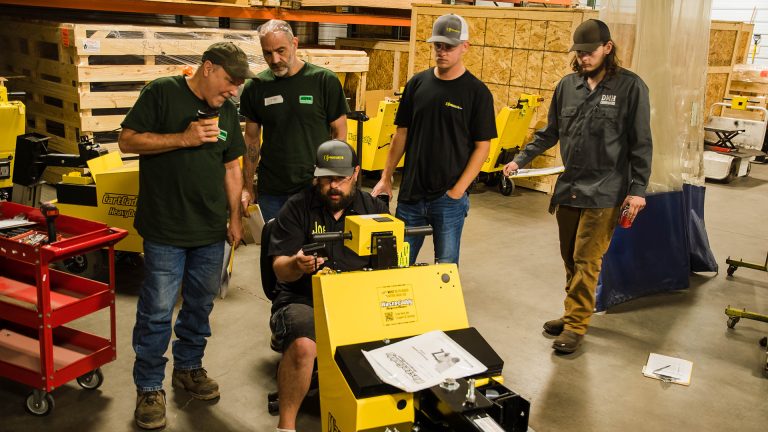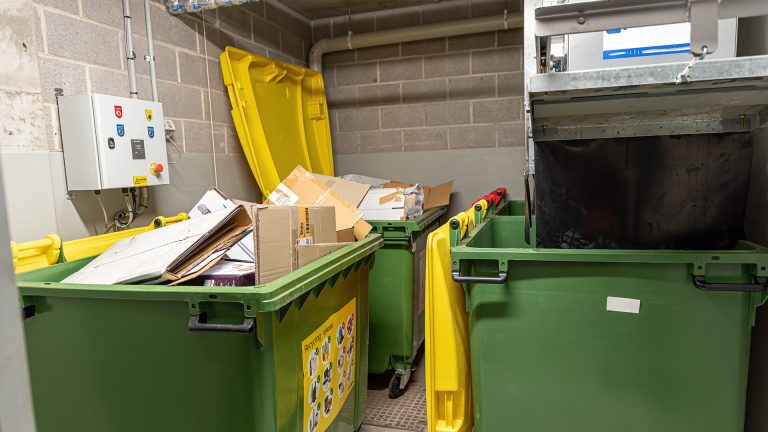Ford is using Hollywood’s latest special effects gimmick to help design its cars and make them more ergonomic and driver friendly. You may have heard of motion-capture technology where a person’s body is hooked up to a slew of sensors that record individual muscle movements. It’s the revolutionary technology behind Hollywood director James Cameron’s sleek blue beings in the holiday movie hit Avatar. Ford Motor Co. has started using the same motion-capture technology to tweak the ergonomic design of its cars.
Since the early 1900s time-motion studies of ergonomics pioneers Frank and Lillian Gilbreth to movie-maker Cameron’s impressive high-tech sensors, industrial designers have been studying how workers move their bodies to accomplish different work tasks in an effort to create more efficient designs. Greater productivity may have been the early goal, but concern for worker health and safety has become an equally motivating challenge, one that gave birth to the field of ergonomics.
“Just like in the movies, we hook people up with sensors to understand exactly how they move when they are interacting with their vehicles,” Gary Strumolo, Ford manager of research and engineering, told Motor Trend magazine in a recent online article (click here to read the Motor Trend article and see pictures of the process). “Once we have all that motion captured, we create virtual humans that we can use to run thousands of tests that help us understand how people of all sizes and shapes interact with all kinds of vehicle designs. It’s an incredibly efficient way of engineering tomorrow’s vehicles.”
We may not have lithe blue aliens darting around our manufacturing plant, but DJ Products has long been a leader in the design and manufacture of ergonomic material handling carts and tugs. Long before James Cameron and Ford started sticking wired sensor pads on test subjects, DJ Products was investigating and studying how the body moved and applying it to material handling design. Nice to see the rest of the world starting to catch up!


